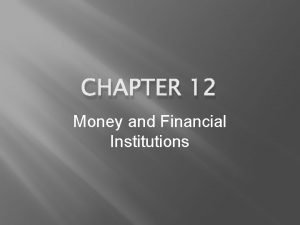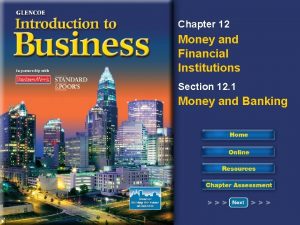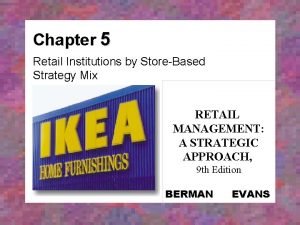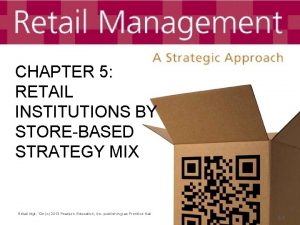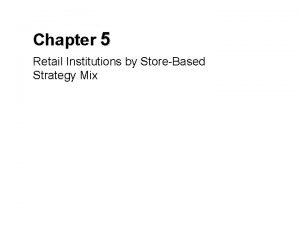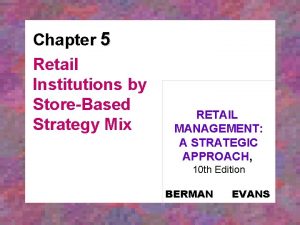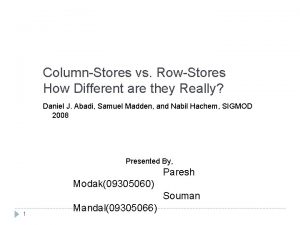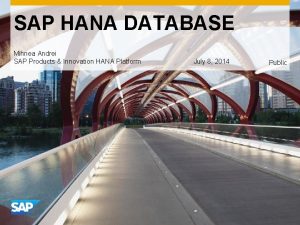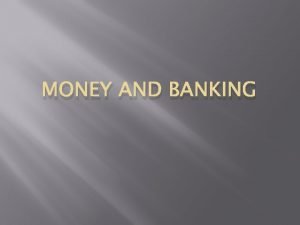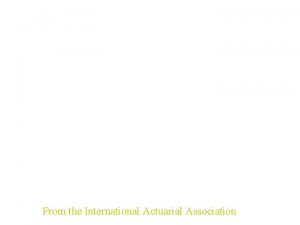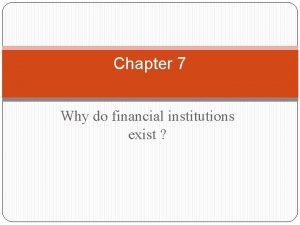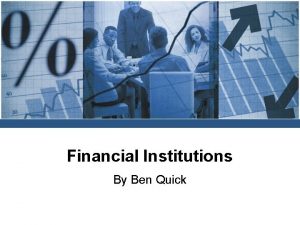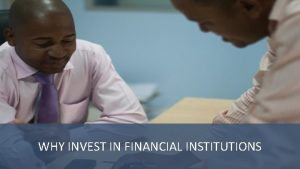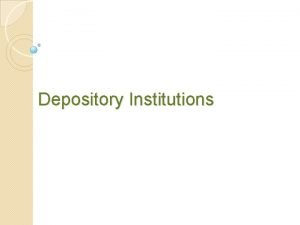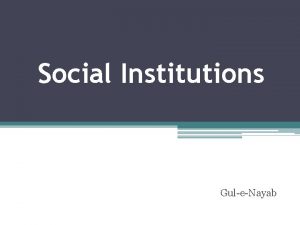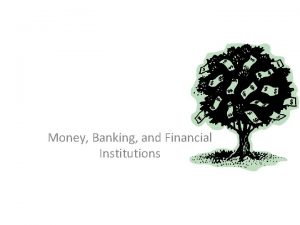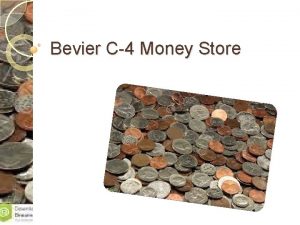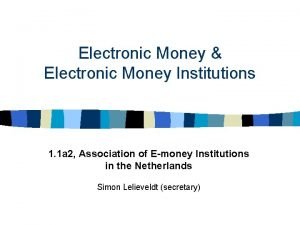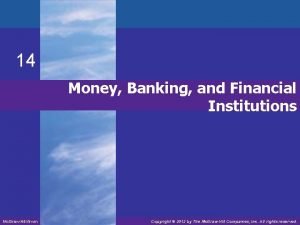Money Financial Institutions What is Money a store












- Slides: 12

Money & Financial Institutions

What is Money? • • • a store of value, A unit of account A medium of exchange” • Without money you would have……………. • Barter • Problems with barter? • Double coincidence of wants

Properties Of Money • Liquidity • Scarcity • Portability • Uniformity

Kinds Of Money • • • Commodity money - Can be used for other purposes. Have inherent value. Convertible paper money The paper money that can be convertible into gold and silver. Examples are Gold and Silver certificates… Inconvertible money – legal tender - Notes and Coins issued by government. Bank deposits – Bank deposits Savings, Deposit Electronic money - Examples are Credit Card, Debit card, Charge card

Why have money? O Transactions Demand pay everyday expenses, quick and easy purchases vs. the cost of holding the money, e. g. the interest forgone. O Precautionary Demand For uncertain expenses O Speculative Demand O For expected rises in interest rates.

Interest Rates and Money O People hold more when interest rate is low and hold less when interest rate is high.

Money Supply Definitions O M 1 Individuals money deposits at banks. O M 2 includes M 1 + less accessible long term savings deposits. O M 3 Sum of M 1 plus all other bank deposits of non-bank public. Broad Money M 3 plus the public’s deposits at non-bank financial institutions less currency and bank deposits held by these NBFI’s.

Determination of Interest Rate O Supply and demand for money (if floating) O In most economies it is set by the central Bank.

Banking O Retail Banking day to day banks O Wholesale Banking – commercial and investment banks

MAIN FUNCTIONS OF THE BANK OF ENGLAND • Banker to the Government • Manages the issue of Government Debt • Banker to the Commercial Banks • Holds gold and foreign-exchange reserves • Manages the issue of notes and coins • Implements domestic monetary policy • It sets interest rates.

Tools for Changing the Money Supply O Changing the discount rate. O i. e. the rate the Central Bank charges when they make loans to large organizations. O Buying or selling bonds. O Buying bonds……… increases cash deposits within banks increases the nation’s M 1 or M 2 and therefore increases the money available to lend. O Selling bonds………. Reduces cash deposits within banks.

 Chapter 12 money and financial institutions
Chapter 12 money and financial institutions Chapter 12 money and financial institutions
Chapter 12 money and financial institutions Retail strategy mix
Retail strategy mix Retail institutions by store-based strategy mix
Retail institutions by store-based strategy mix Retail institutions by store-based strategy mix
Retail institutions by store-based strategy mix Retail strategy mix
Retail strategy mix Money money money team
Money money money team Row store vs column store
Row store vs column store Row store vs column store
Row store vs column store Functions of financial institutions
Functions of financial institutions Whats a banking institution
Whats a banking institution Enterprise risk management for financial institutions
Enterprise risk management for financial institutions Why do financial institutions exist
Why do financial institutions exist
